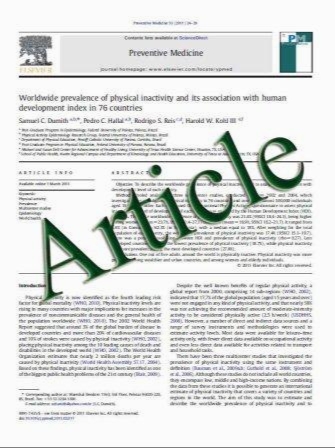Endoscopic treatment of posterior ankle pain
- نوع فایل : کتاب
- زبان : انگلیسی
- مؤلف : Tahir Ogut • Egemen Ayhan • Kaan Irgit • Abdullah Ilker Sarikaya
- چاپ و سال / کشور: 2011
Description
Purpose The aim of this study is to describe the indications for two-portal hindfoot endoscopy in the treatment of posterior ankle compartment pathologies and to express the effectiveness of this technique by short- to mid-term outcomes on 59 consecutive patients. Methods In our institute, between 2003 and 2009, patients operated by single surgeon with hindfoot endoscopy were enrolled. The American Orthopaedic Foot and Ankle Society (AOFAS) hindfoot and Maryland foot scores (MFS) were obtained preoperatively and postoperatively. In the final follow-up, besides the scores, patients were asked whether they were satisfied and whether they would elect this treatment again. Results The indications for 59 patients were posterior ankle impingement syndrome (14), osteochondral lesion of talus (13), isolated flexor hallucis longus (FHL) tenosynovitis (11), synovial osteochondromatosis (2), pigmented villonodular synovitis (2), peroneal tenosynovitis (4), subtalar joint arthrosis (4), tibiotalar arthrosis (4), intraosseous talus cyst (4; 1 bilateral), and talus fracture (1). FHL tendon was affected in all cases, and tenolysis was performed for each patient. The mean preoperative AOFAS-hindfoot scores increased from 56.7 ± 14.5 to 85.9 ± 12.5 (P\0.0001), and the mean preoperative MFS increased from 54.8 ± 17.5 to 84.9 ± 15.9 (P\0.0001), postoperatively. Four patients with posttraumatic arthritis were dissatisfied. Two sural nerve-related complications were identified. Discussion Hindfoot endoscopy was demonstrated to be a safe and effective procedure for the treatment of various hindfoot pathologies in this cohort, excluding patients with posttraumatic arthritis. Our results show that the prevalence of FHL tenosynovitis may be higher than previously reported and should always be considered in differential diagnosis of posteromedial ankle pain. Level of evidence Case series with no comparison group, Level IV.
Knee Surg Sports Traumatol Arthrosc (2011) 19:1355–1361 DOI 10.1007/s00167-011-1428-x Received: 29 August 2010 / Accepted: 27 January 2011 / Published online: 11 February 2011


